It’s not hard to imagine Huawei gloating over its foes. It has been belittled, ridiculed, suspected, rejected, and even sued. But now it has come out with what is possibly the best premium smartphone this year so far. That is especially true if you’re the type that lives and breathes mobile photography.
But does the Huawei P40 Pro really live up to the hype that Huawei and first reviewers have built up?
We give it a good TWFLD test to see, hear, and feel how Huawei’s greatest stands against Samsung’s and Apple’s champions.
The Design and Display
Despite the gorgeous gradients, the Huawei P40 Pro might not look all that special. Make no mistake, its use of monochrome colours are eye-catching and tasteful and even give it an ultra-premium feel, but that is now the case with many smartphones these days, even across tiers. That, however, might be a point in favour of Huawei.
It didn’t change a winning formula simply for the sake of changing it. Consumers may have gotten tired of all the disruptive changes in smartphone design that has happened in the past two to three years. In a sense, the Huawei P40 Pro settles down on a now familiar design while still offering a bit of flair with a new “Nanotech Ceramic” body that the company claims has sapphire-like toughness. At the same time, Huawei applied a new refractive matte finish. That helps avoid fingerprints and smudges. Buyers in Mzansi will appreciate that the company threw in a clear plastic case in the box.
That body requires five days of curing, Huawei said earlier this year, and is then precision milled for a diamond-like sheen. Upon close inspection I noticed that even the camera bulge on the back has been given etched lines, which are designed to catch and reflect light for a more visually pleasing device.
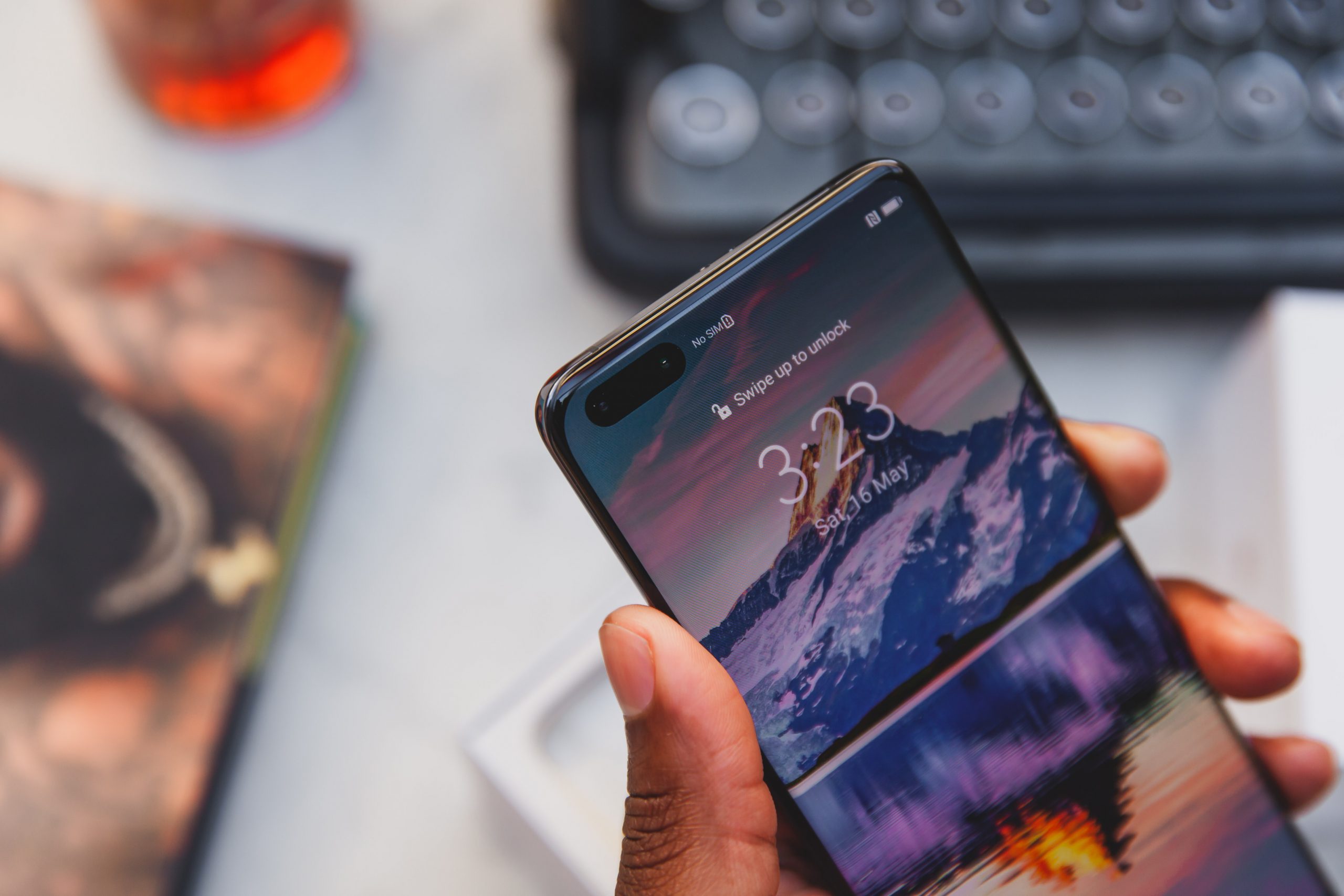
The display, on the other hand, is as eye-catching as the rear. Yes, it does have bright colours, almost no bezels, and an almost forgettable camera cut-out. But, then again, many phones sport that design these days. The P40 Pro’s slight advantage is that its left and right sides now curve as well, further reducing the visual impact of borders. Hidden underneath this screen is the earpiece speaker as well as the in-display fingerprint reader, larger than before, which is about 30-percent faster than the old version.
The Huawei P40 Pro’s screen is definitely bright and vivid, something Huawei dubbed Quad-Curve Overflow Display. That wraps around all four sides of the phones, as though water overflowing. It doesn’t just look good: it’s also designed so that gesture swipes in Android are more comfortable from all directions. The P40 Pro gets a 6.58-inch 90Hz OLED at 2640 x 1200 resolution.
Specs and Performance
The P40 Pro comes with the best hardware that Huawei has to offer. And by that we mean late 2019 best. The company hasn’t yet launched a new application processor so it’s no surprise that this year’s star still runs on the Kirin 990 5G processor that Huawei has used in the Mate 30. By no means is it slow nor is it starting to show its age. The 8 GB of RAM is definitely plenty but if you want to supplement the 256 GB of storage (minimum), you’ll have to hope you can get your hands on Huawei’s proprietary nanoSD card.
Overall, the P40 Pro is pretty snappy, partly thanks to Huawei’s EMUI Android experience which we’ll get to in a moment. The beefy specs make sure you won’t be slowing down your phone no matter how many apps or tabs you have open. But if you feel that some frames are dropping in your game, Huawei’s GPU Turbo will allocate more resources for your entertainment.

The one area where Huawei’s premium flagship does falter a bit is in audio. As with any single speaker system, sounds can get pretty loud but lack the bass to give them weight. Unlike LG, Huawei didn’t utilize its piezoelectric in-screen speaker to supplement that. Audiophiles will probably see themselves reaching for their favourite Bluetooth headsets as the phone doesn’t have a headphone jack. I do, more than once. The phone does come with USB-C earphones, thankfully, but they will hardly satisfy those who need their music to get through the day.
The P40 Pro does excel in its battery life. That may not be that surprising, considering the 4200 mAh battery and screen resolution. That may also be thanks to EMUI once again. Typical usage might see you reaching for a charger after a day and a half, though you can probably stretch it all the way to two days with battery saving modes and less frequent use. When it does come to charge, the 40W fast charging makes that downtime even shorter. Yes, there’s wireless charging and even reverse wireless charging, but don’t expect those to be blazing fast, especially the latter.
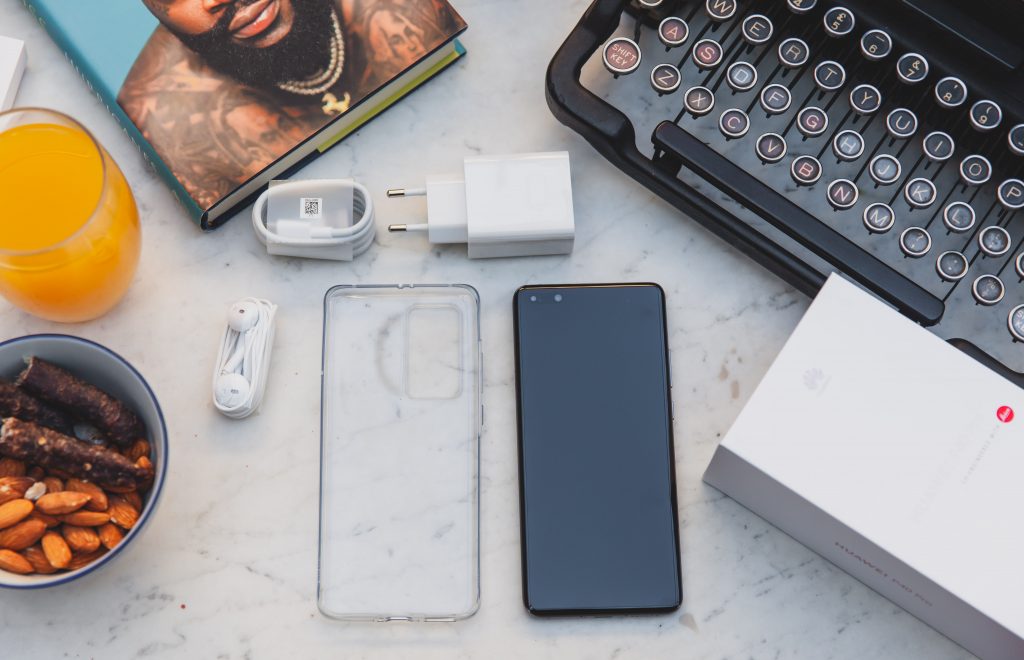
There’s a Dual SIM slot and eSIM. You can use a Nano SIM and an eSIM, or slot in one of Huawei’s NM memory cards. WiFi 6 is supported, too.
Software
The Huawei P40 Pro comes with Android but it’s not the Pie you’ll see on Google’s Pixel, of course. As with any Huawei phone, this comes with EMUI. It has definitely changed and improved over the past few years but it’s still a double-edged sword as far as experiences go.
What you don’t get, of course, is Google apps or services. While it runs Android, Huawei’s P40 series uses the company’s own AppGallery store rather than the Google Play store. It’s working with TomTom on a Google Maps replacement, and has its own voice assistant called Celia, which will stand in for the Google Assistant. Celia is only available in select markets at the moment, of which South Africa is not one.
Whether that will be enough to convince potential buyers remains to be seen. Few would deny that Huawei’s P-Series phones have serious photography talents, but the continued absence of Google apps and services leaves them at a significant disadvantage compared to Samsung and others. So I thought too until the P40 Pro arrived on my review desk.
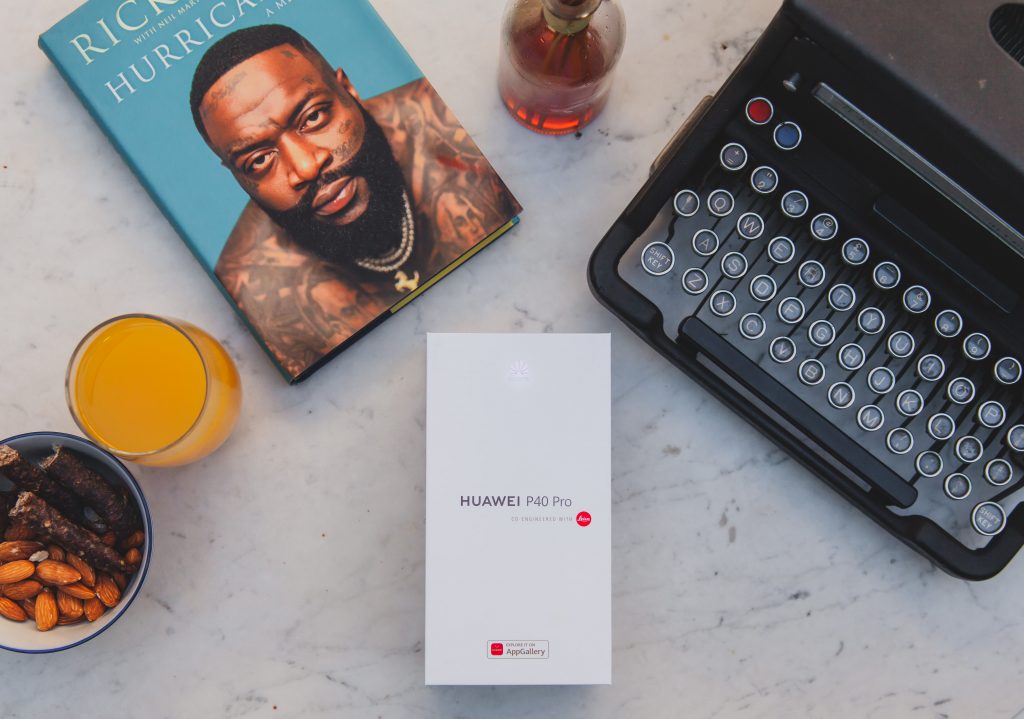
Switching over the P40 from my P30 was seamless, thanks to Huawei’s Phone Clone app. It moved apps compatible with the device while Google issued apps didn’t make the cut. Huawei’s very own App Gallery has a plethora of apps available, but I found that my most favourite were not. Applications such as Aurora make it possible to side-load apps you miss. It works exactly like Google Play store and houses all your favourite apps. While you may download them, they most likely will not work as GMS is not available. In rare and very surprising cases, some do work.
Some people might immediately be turned off by the iOS-like aesthetics. Others will bemoan the plethora of Huawei apps pre-installed. The former can be fixed with a few settings and theme changes, but the former is harder to escape. There’s still no way to uninstall Huawei’s own apps so the best you can do is hide them. That’s all within reason as they complete Huawei’s ecosystem and work hand in hand with each other.
On the other hand, much of the P40 Pro’s touted performance and power-efficiency are partly credited to EMUI. Huawei makes use of some AI and machine learning to learn the user’s habits and optimize performance based on those patterns, like pre-loading apps or guessing where users will tap next. It also does some heavy process management, sometimes too aggressive for people’s tastes.
Cameras
All of the above, however, doesn’t exactly define the Huawei P40 Pro. All things considered, these are traits that are also shared by its biggest rivals, the Samsung Galaxy S20+ and Apple iPhone 11 Pro. What really sets the P40 Pro apart is its four cameras, really three and a half, each with their special talent.
The one you will use the most will be the 50 megapixel main sensor. Don’t be deceived by that large number as you will rarely set the camera app to that. In fact, the camera’s default mode is 10 megapixel, where four pixels are combined to produce a higher-quality picture. Its special feature, however, is what Huawei calls “SuperSpectrum” sensor. Instead of the usual RGB sensor, it uses RYYB, replacing green with two yellows based on the theory that visible light has more yellow than green and that green is dragged in by the yellow anyway.
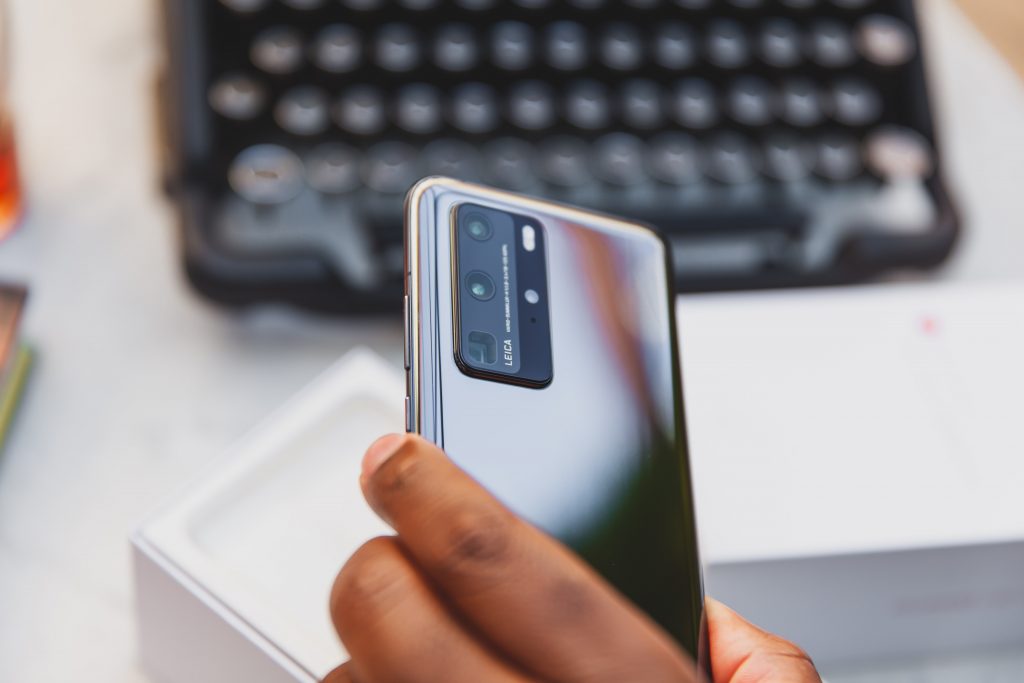
That’s the theory and, in practice, it actually works very well. Huawei has really outdone itself and deserves to retain its crown as the top smartphone camera in the market. That SuperSpectrum sensor pays off really well in low-light where even the standard mode can produce astonishing output without any special tricks. Turn on Night Mode and you can do magic and turn night into day.
And then there’s the new kid on the block, the 12 megapixel telephoto lens. Again, don’t be swayed or disappointed by the number. This is the much-rumoured camera with a 5x optical zoom unheard of in smartphone cameras. That’s thanks to the periscope design of the lenses that let Huawei cram more in less space. Because it uses optical zooming, it doesn’t degrade the quality of the resulting image, though with a 12 megapixel f/3.4 camera you might feel you’re not getting that much detail in the first place.
Compared to these two, the 40 megapixel ultra-wide-angle camera almost seems boring. But more than just letting you take panoramic shots without needing to go into panorama mode, all three of those cameras work to deliver a 10x hybrid zoom that is, again, unheard of on smartphones. Naturally, it won’t be as crisp as an optical zoom but it is still by far better than what other smartphones can achieve at that level with digital zoom alone. The P40 Pro does have a 50x digital zoom but, to be honest, you probably won’t want to use that anyway.
That “and a half” is the 3D time-of-flight sensor, the fourth camera on the Huawei P40 Pro’s back. Often linked with augmented reality applications, Huawei also uses the ToF sensor to improve its portrait mode, a.k.a. bokeh simulation, beyond what even dual cameras with depth sensors can do. It can accurately separate the subject from both foreground and background and can even distinguish the complicated edges surrounding the subject. The result is a more accurate and more pleasing blur.
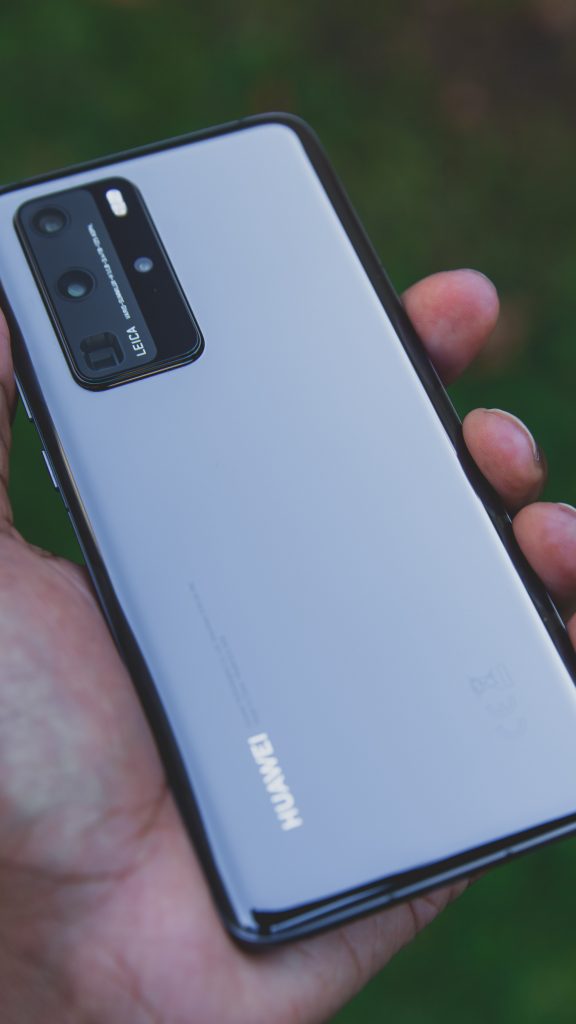
The Huawei P40 Pro also has a front camera with a whopping 32 megapixels and one of the few in the market that supports HDR, at least for videos only. By going with a cut-out in the OLED display, Huawei is able to place additional sensors that give the camera an edge in face recognition and bokeh simulation. The result is both better bokeh, as well as faster face-unlock, including in low-light conditions. The phone is also able to record 4K selfie video. An attention-aware screen is able track when you’re watching the P40 and stop it from locking, even if you’re not touching the display. Huawei is using its gesture sensor for hands-free scrolling and screenshots too.
In Conclusion
Huawei has done it again and has produced a smartphone that should make Samsung and Apple worry. At more or less almost the same price as those two’s own flagships, the P40 Pro offers a mobile photography experience that perhaps only Google’s next Pixel might be able to threaten. Save for a few paper cuts, like unimpressive audio and a heavily-customised Android experience, the Huawei P40 Pro is almost perfect in every way. For some it might be a problem, but there is life without Google.

Sadly, Huawei isn’t just fighting against rivals in the smartphone market, it is also fighting against perception and politics. Because of that, the P40 Pro’s biggest flaw for consumers isn’t technical. It’s that they won’t have a chance to experience everything that it has to offer. At least not in an officially supported way.
The P40 Pro retails for R20 999 in either Black or Silver Frost.
Tshegofatso Harmonix Phiri contributed his legendary photography skills to this review.
You might also like
More from Apps
Mzansi’s online grocery sector… the trends, challenges and approaches
As the country undergoes a digital transformation, the online grocery delivery sector is experiencing revolutionary changes. The shift from in-person …
All PSL Matches Now on Showmax For R69
The Premier Soccer League (PSL) has partnered with SuperSport to bring all PSL matches, including the prestigious Betway Premiership, to …
DStv Stream contract customers can now save R100 p/m
Yes you read that correctly, DStv has today announced a reduced price for Its Stream Premium contract customers, this is …








